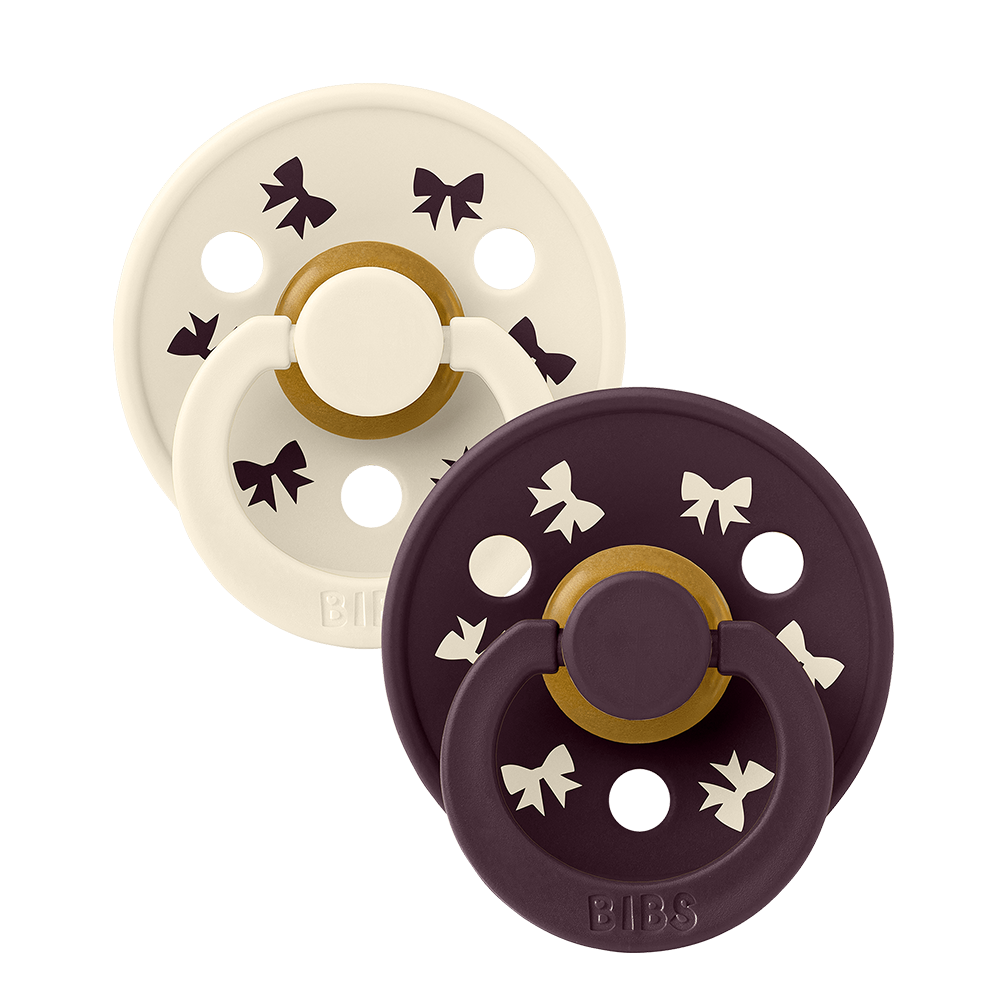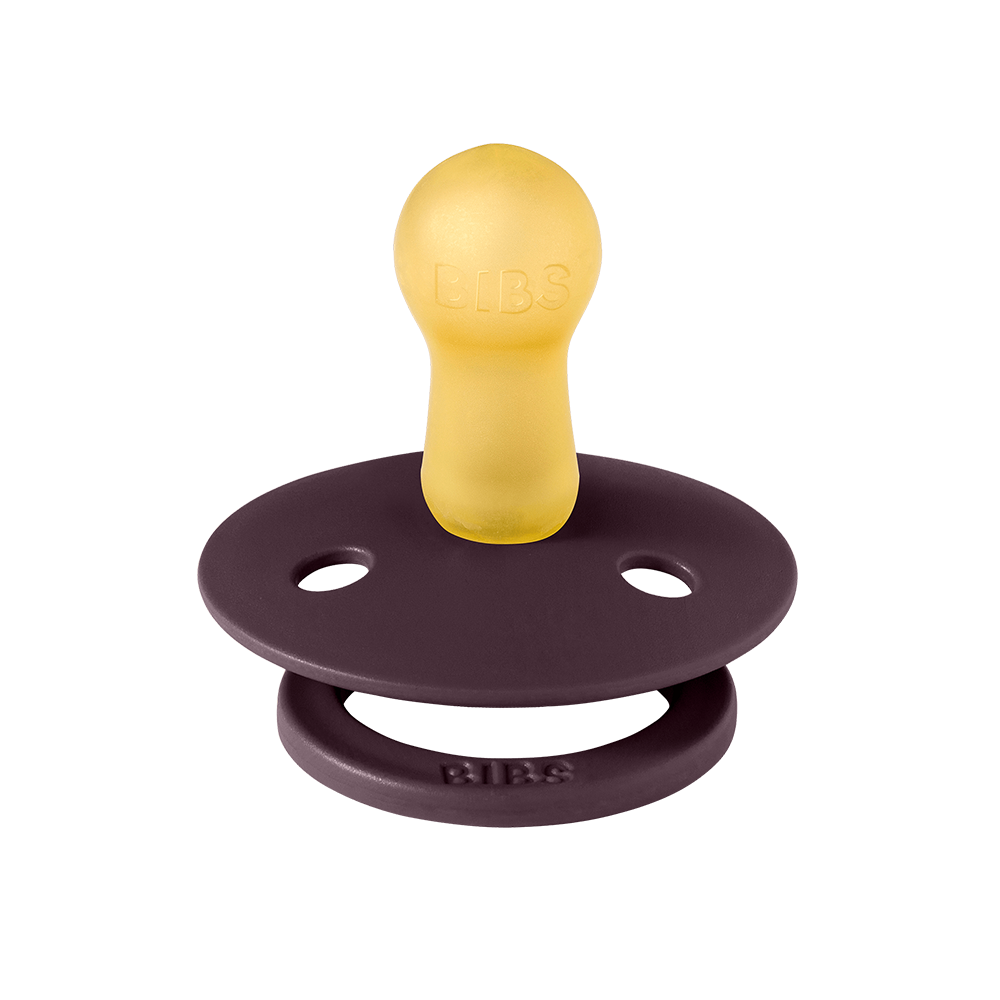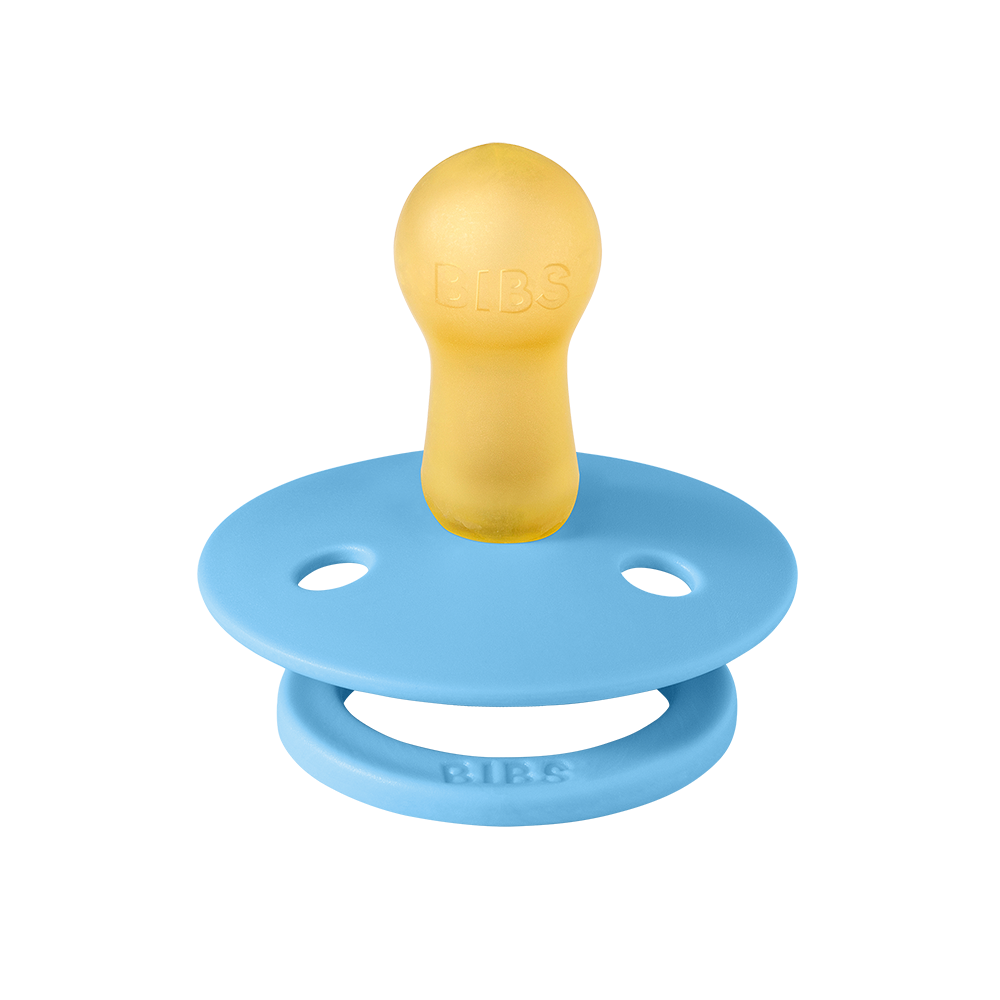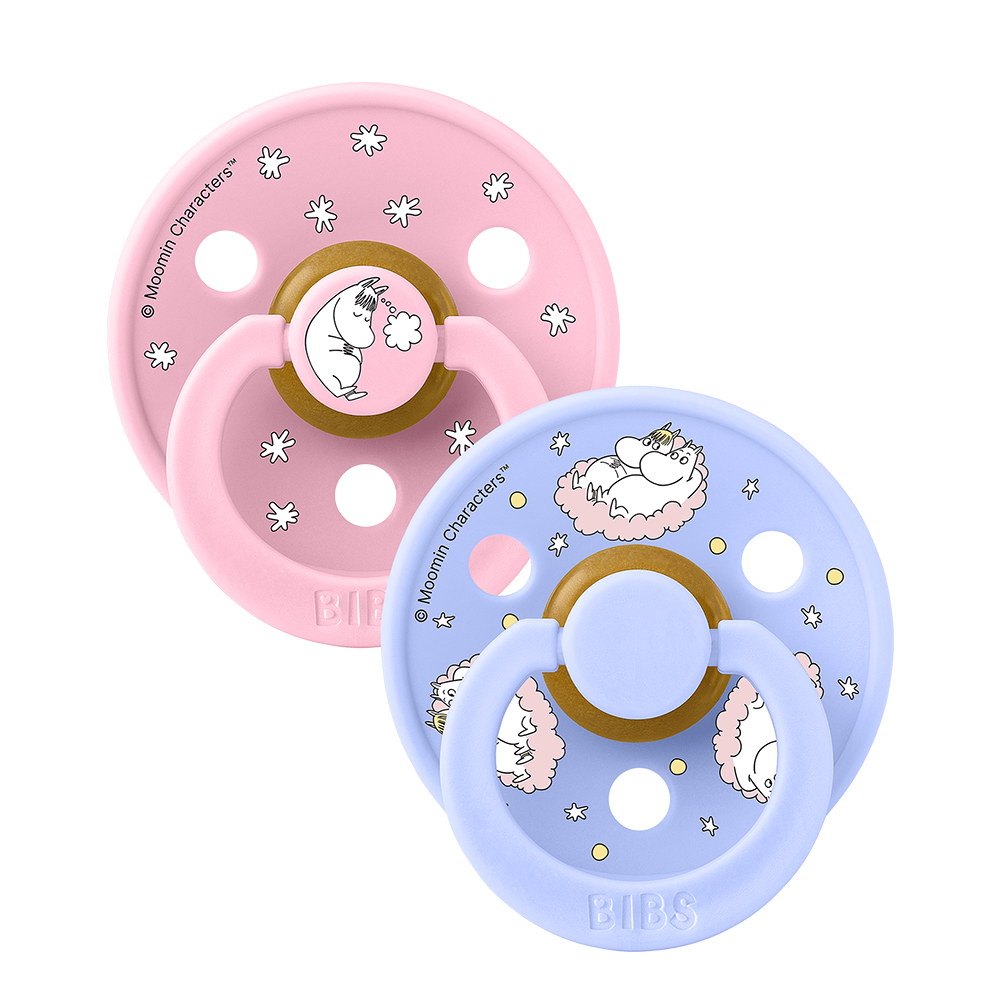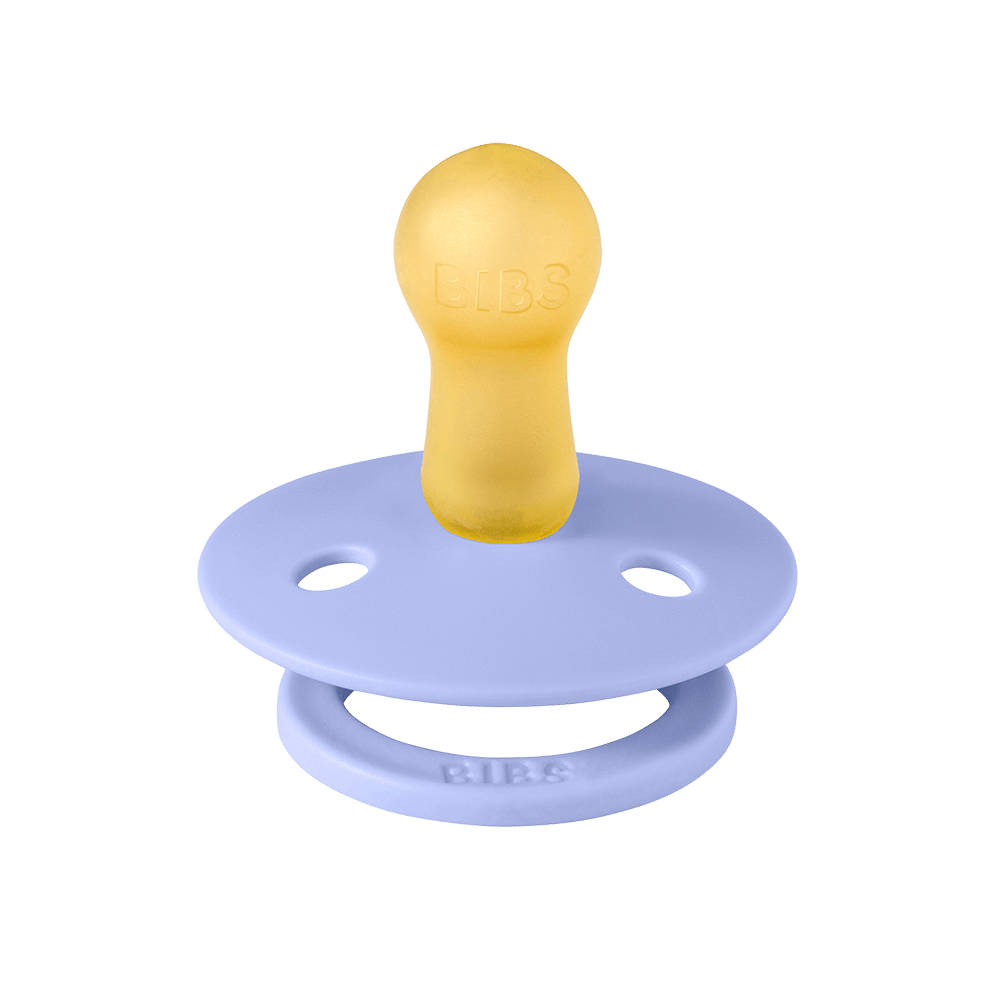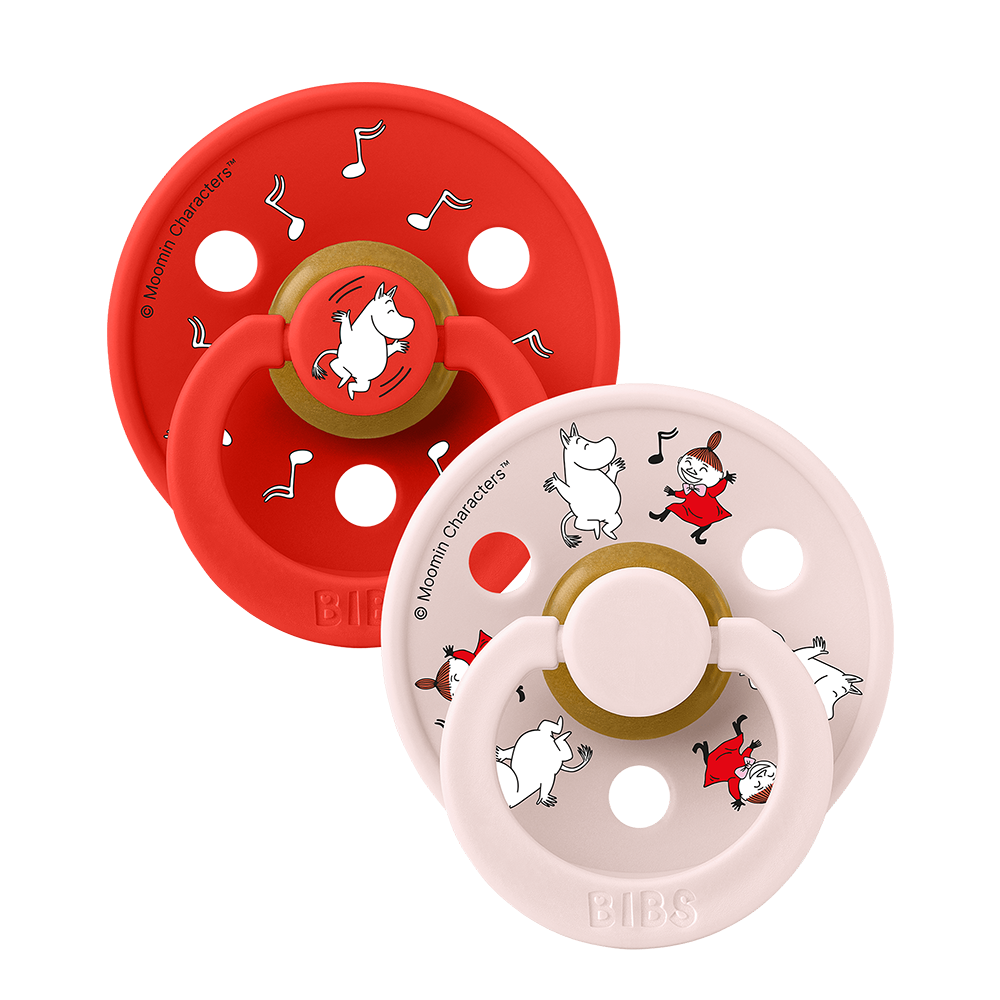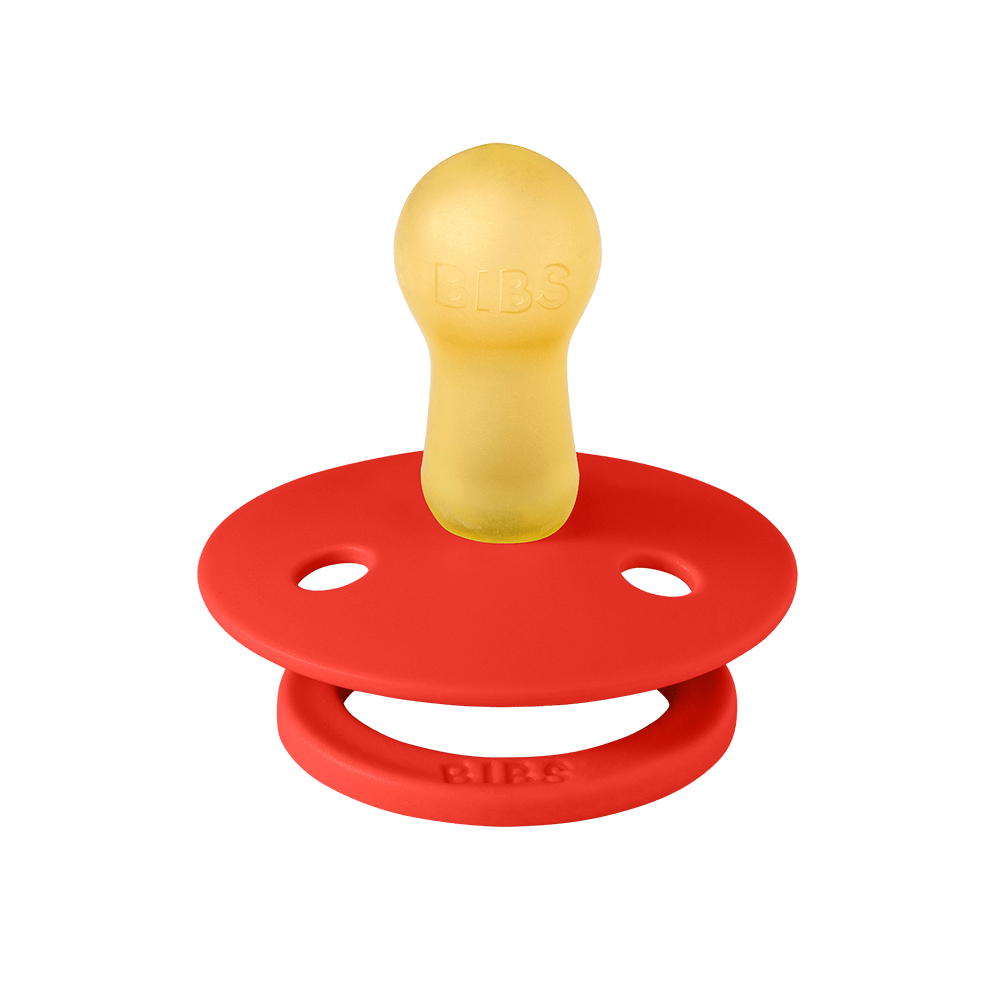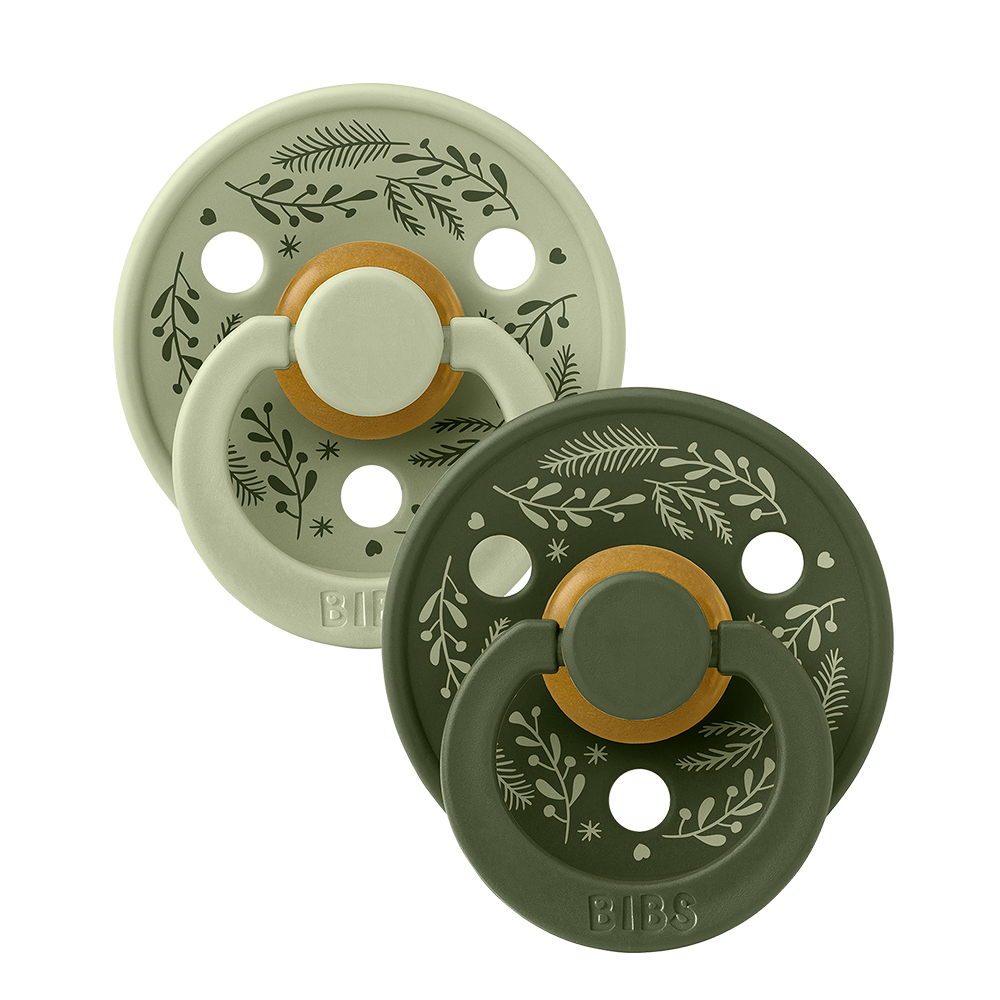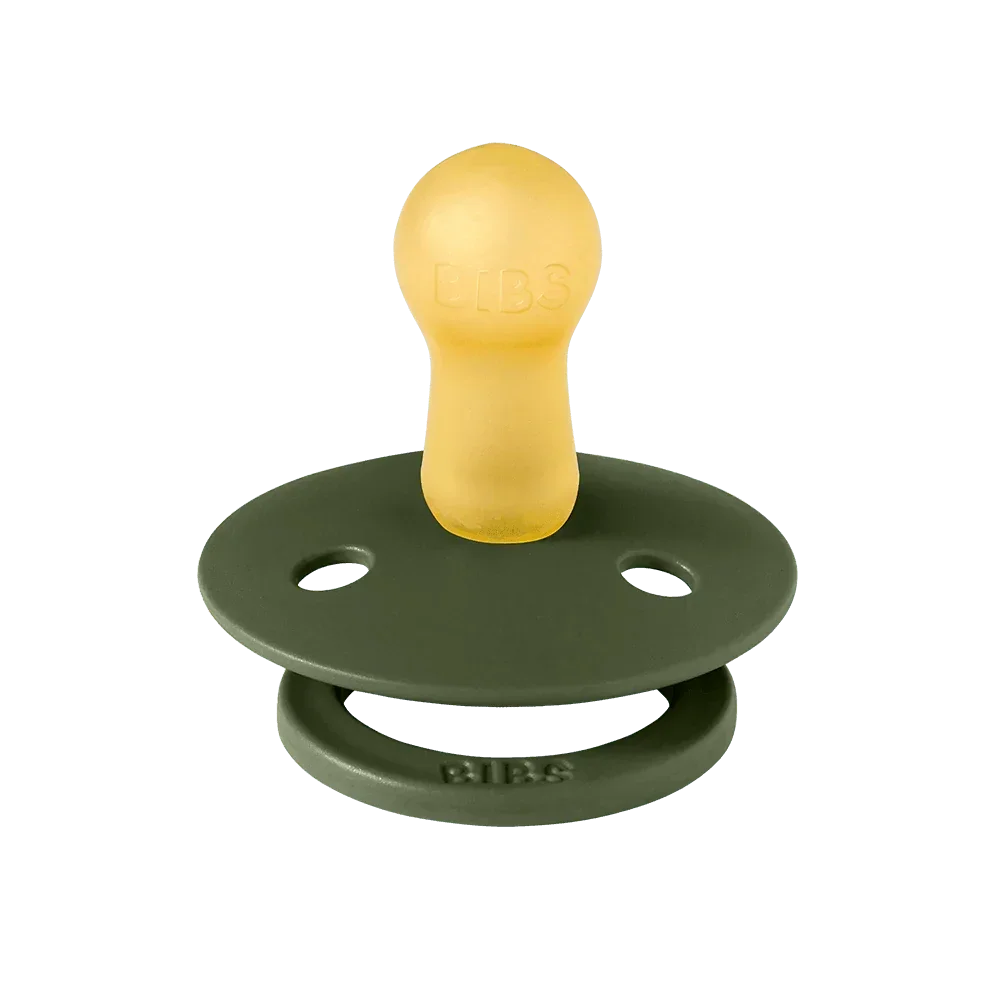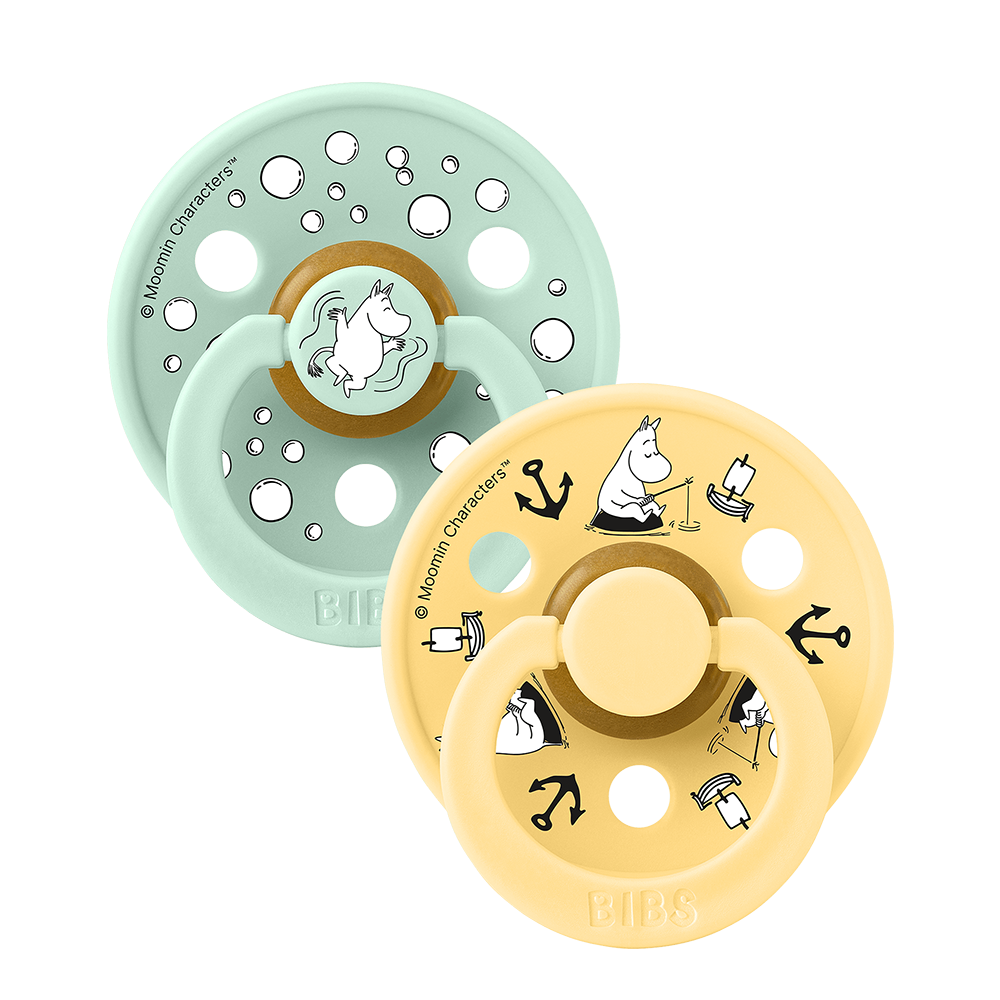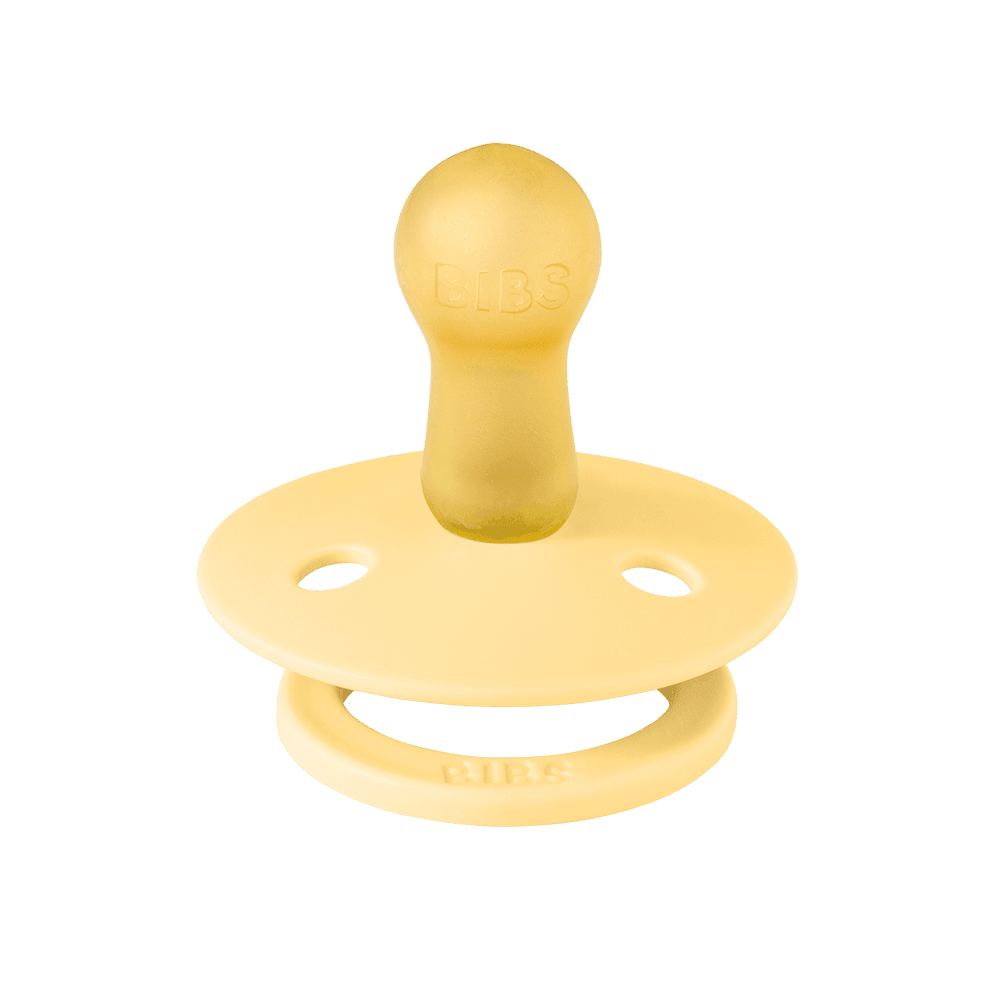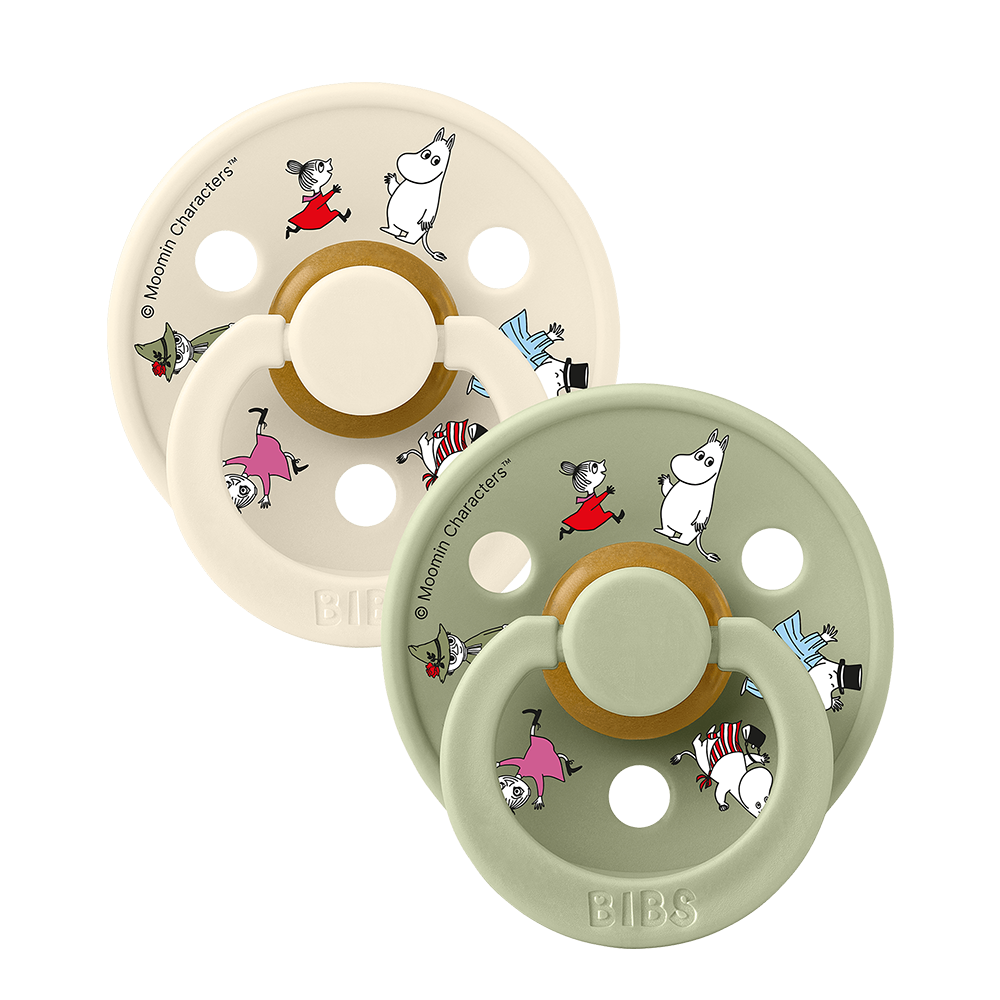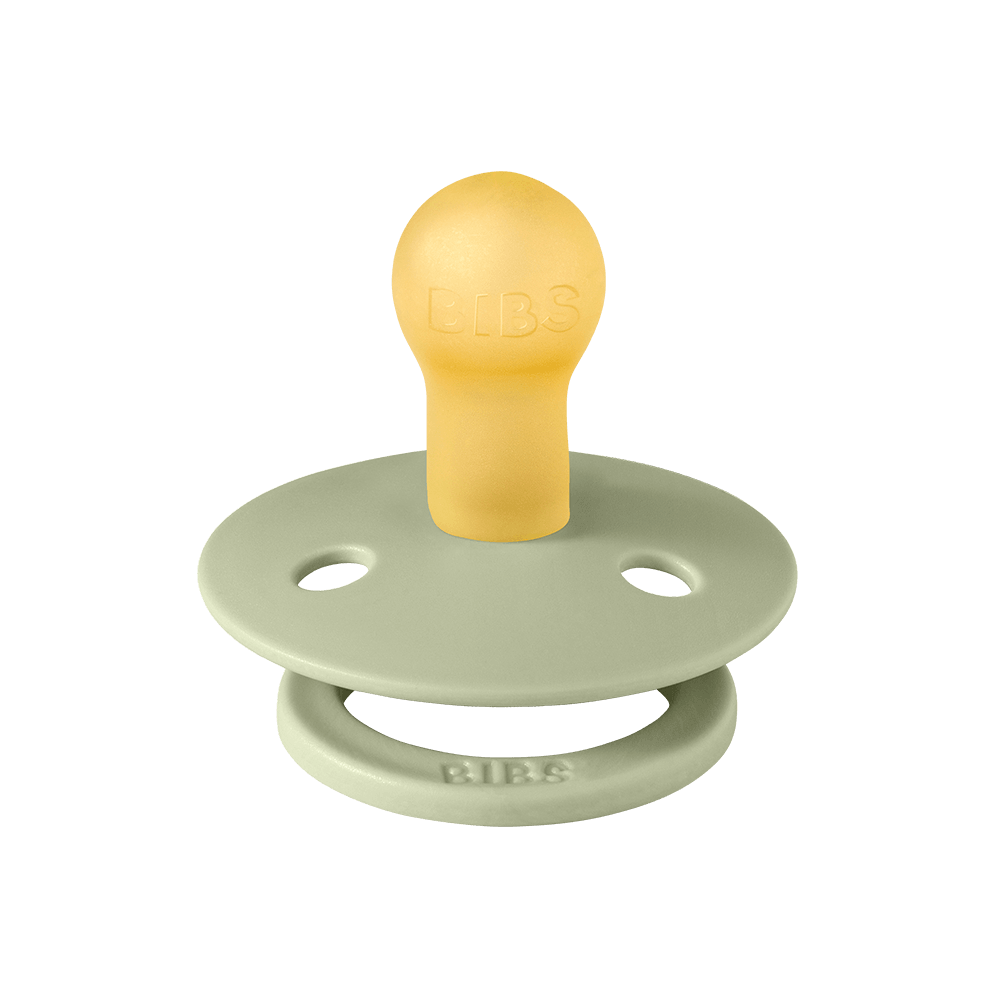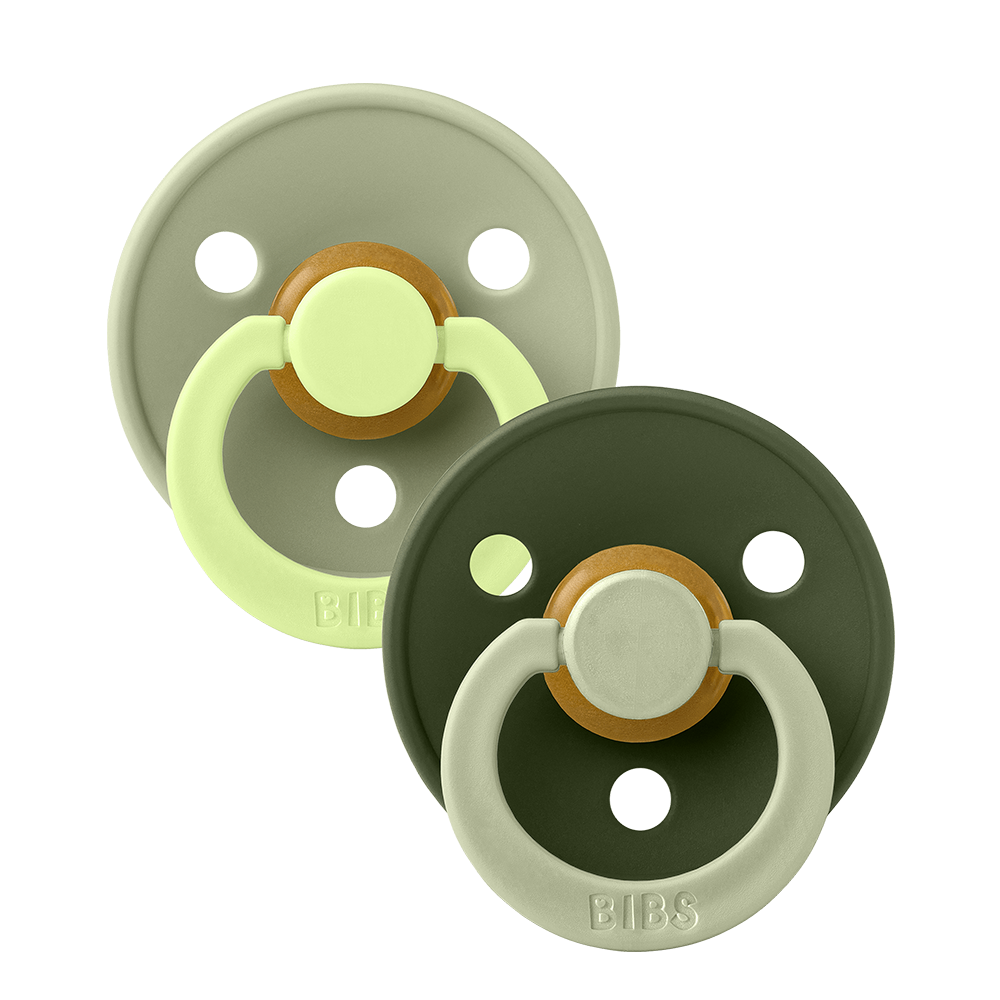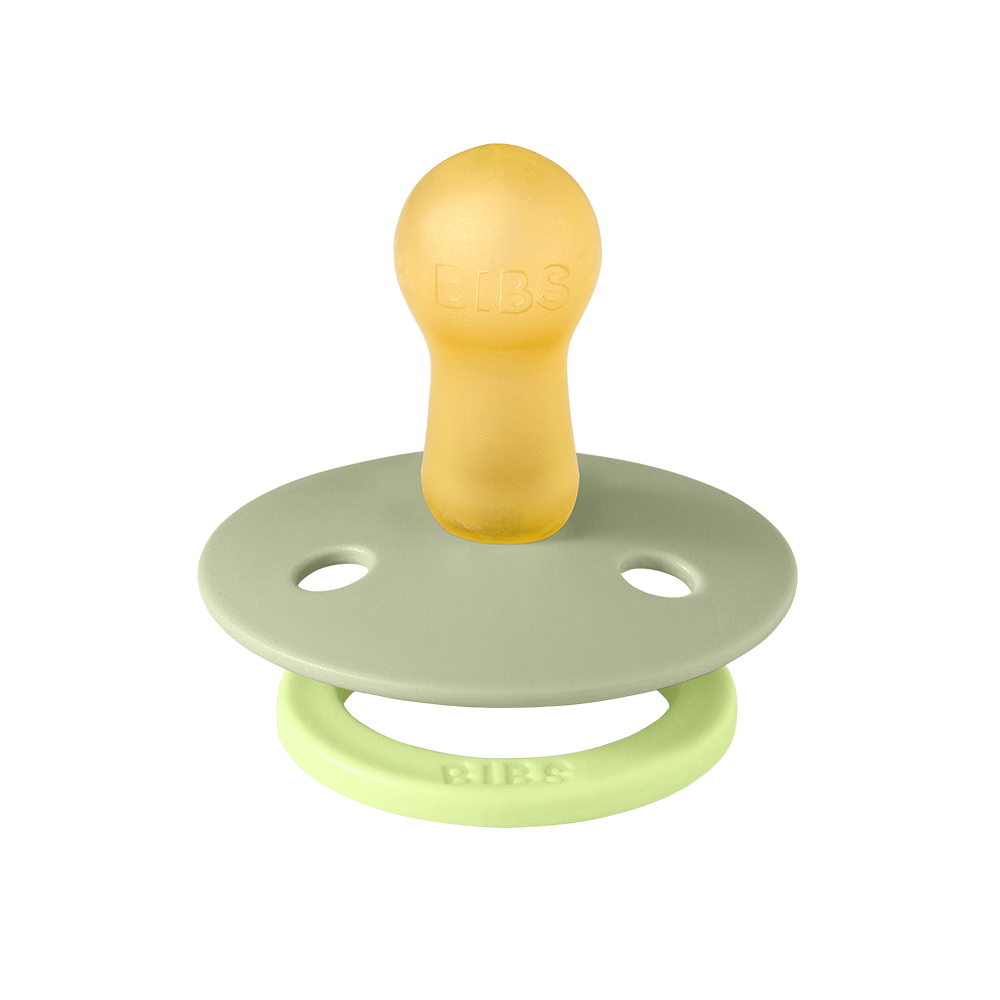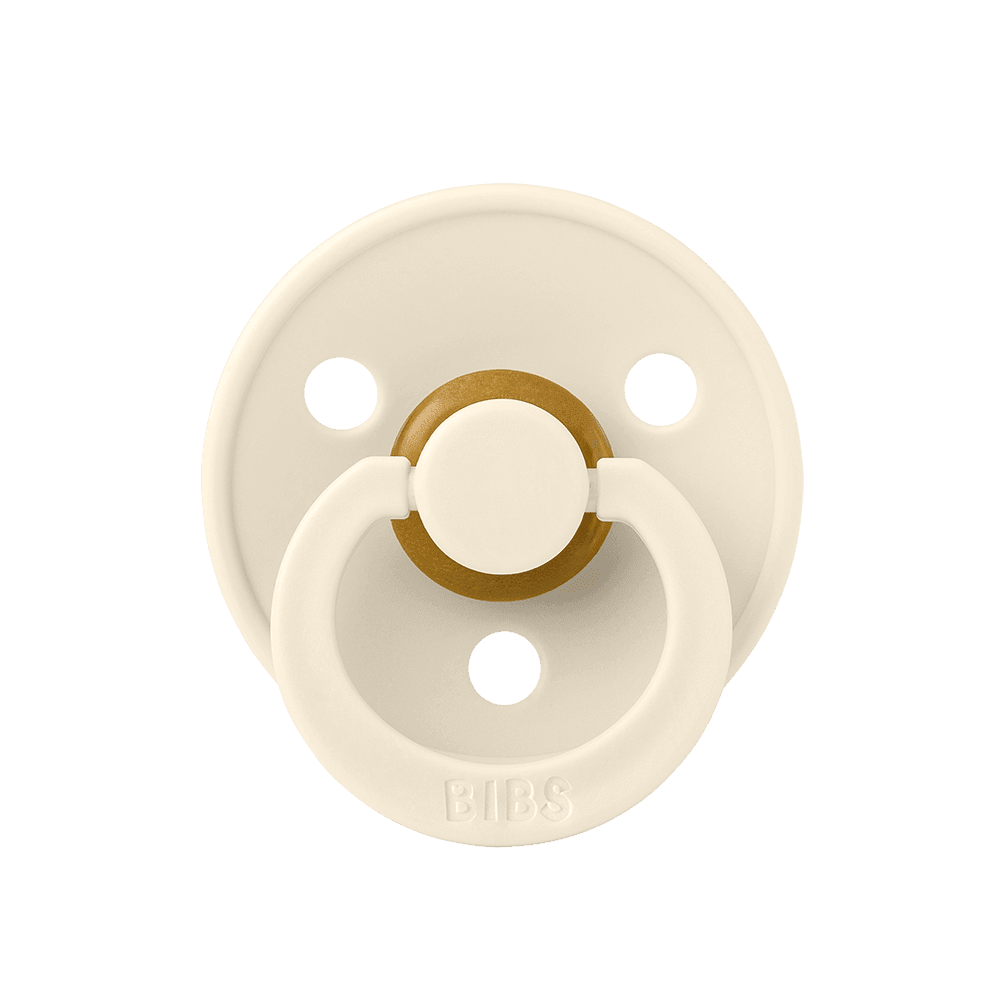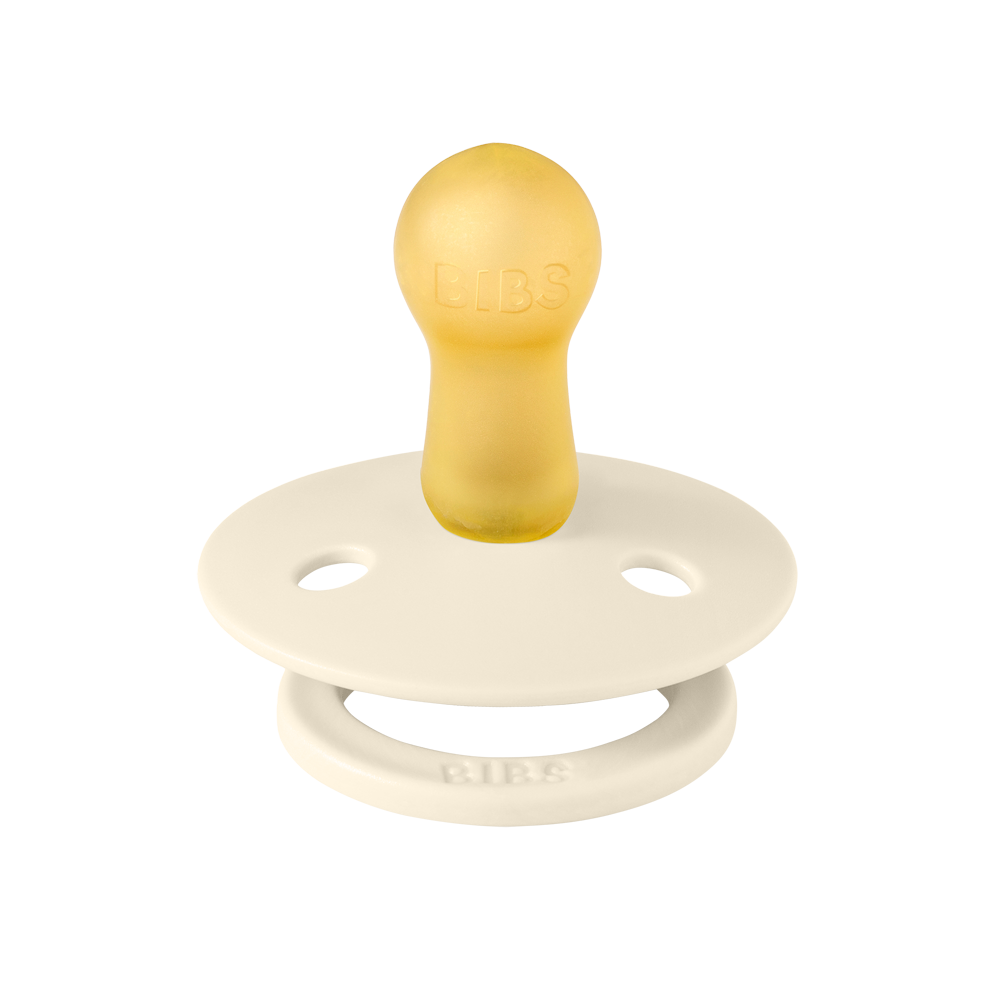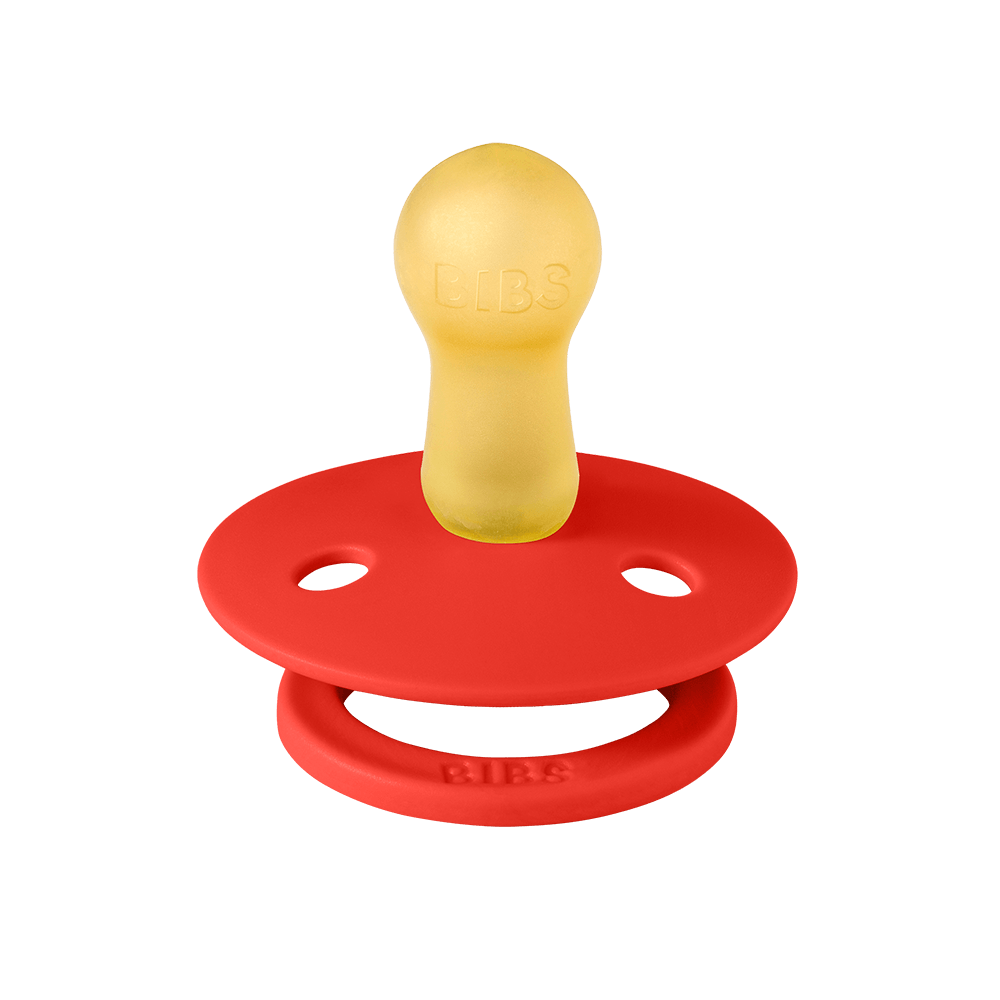
Sleep is incredibly important for small children as it is during sleep that the child's brain and body recover, and newly learned skills are stored in the memory.
Watch the video of nurse and health visitor Kirsten Lise Andersen explaining her very best advice on how to help your child get a good night's sleep.
What can affect a baby’s sleep?
It is normal to experience challenges with sleep in the first years of a baby’s life. Many things can affect a baby's sleep. It can be stomachache in connection with the transition from milk to solid food. It can be due to the baby’s motor development where the child is constantly developing and learning new skills.
During sleep, the baby can wake up and be trying out the skills he or she has learned during the day. For example, many parents experience that when the child has learned to crawl, the child wakes up during the night crawling around in bed. Children who have just learned how to stand, stand up in the crib during sleep, and need help to get down and fall asleep again.
It can be frustrating for parents. And it can be frustrating for the child. But it is important to keep in mind that these are completely natural phases your child goes through as part of their development. But sometimes they need your help to calm down again and get back into sleep.
7 tips on how to get your child to sleep
So, what can you do as a parent when you face challenges with your baby’s sleep?
- Consistent bedtime
The first thing is a consistent bedtime. Try to put your baby to bed at the same time every day.
Of course, the bedtime can vary from day to day depending on how much the baby has slept during the day. But try to introduce a consistent bedtime as soon as possible. The same principle goes for daytime naps. Make sure your child gets his or her naps every day.
Sleep breeds sleep, and your child must get the daytime naps he or she needs, and that you do not wake up the child, but that the child is allowed to sleep until he or she wakes up by themselves.
- Consistent bedtime routines
A consistent bedtime routine gives the baby a sense of security and safety. For a newborn a bedtime routine can be as simple as calming down before sleep, getting dressed for bedtime, and having a nice and peaceful time at the changing table.
It’s a good idea that the baby registers where it falls asleep because otherwise it will, when it wakes up, wonder why it is not in the same place as before. You might experience when the child becomes more conscious that if the child has fallen asleep – for example – whilst feeding when the child then wakes up, he or she will immediately seek the breast or bottle again. So try to make sure that the baby registers where it falls asleep.
- Tired signs
It is important to put your baby to bed when he or she shows the first signs of being tired. The typical signs of being tired are:
- The child looks or turns his head away
- Difficulty focusing
- Rubbing eyes and/or ears
- Yawning
- The child becomes irritable
- Whining and/or crying
- Distinguish between day and night
Try to distinguish between day and night – between light and dark. This means that when the child naps during the day, it is important that the child sleeps in daylight – for example outside, if possible. And when the child is put to bed during the evening it should be in the dark.
The difference between day and night – between light and dark – gives the child an internal body clock. It contributes to the release of melatonin – also called the sleep hormone, and this means that the child naturally wakes up in the morning when it is light and likewise feels tired in the evening when it is dark.
- Turn off all screens
It is important to turn off all screens in your home. This means all cell phones, computers, and television. It is important to do this at least for an hour before the child is going to bed. Screens keep the child's brain activated, so he or she can have difficulties with calming down before going to bed.
- Believe in it
Signal to the child that you believe in it. You believe that your child can fall asleep and that you can make it happen.
During times when you are challenged on sleep, you and your partner may experience conflicting ideas on the best way to put your child to bed. However, try to find a common ground, and be consistent.
If you get frustrated when trying to get the child to sleep, the child will immediately feel it. If this happens it can be a good idea that you have an agreement with your partner that you help each other out, so you don’t end up getting angry at your child.
- The surroundings
It is important that the child is put to bed in a familiar place, and not in a new place every night. Create a sleep-inducing environment so that the child has a bed, a crib, a baby nest, etc. where it is put to bed every night. This also applies during the day.
Recommendations
It is important to be aware when you have a newborn that it is recommended that newborns sleep on their backs.
A newborn baby must always be placed to sleep on its back to prevent sudden infant death syndrome. Once your baby can move from the back to the front and back again by itself, he or she will be able to find their preferred sleeping position.
It is also important to remember to place the baby on the tummy when they are awake. Supervised “tummy time” trains their back and neck and prevent a flat head.
Further, it can be a good idea to be aware of whether your child has a “favorite side”. Some children will typically lie with their heads fixed to one side, and this can create an asymmetrical flat head.
So, pay attention to how your child is lying whilst sleeping, and help the child by gently turning his or her head to one side and the other during sleep. And let your baby lie on the tummy as much as possible when being awake.
It is important to remember that all children are different, and all children have different needs - even when it comes to sleep.
You know what works best for you and your child, but we very much hope that you can use these tips.
About Kirsten
Kirsten Lise Andersen is a registered nurse and health visitor with her private nursing practice, ‘Working With Baby’. She has 15 years of experience working with children as a registered professional nurse, and she is the mother of four. Kirsten is our go-to advisor in everything health-related, as she has years of experience and the needed expertise to answer all our and your questions regarding babies.

Shop our BIBS Baby bedding here
